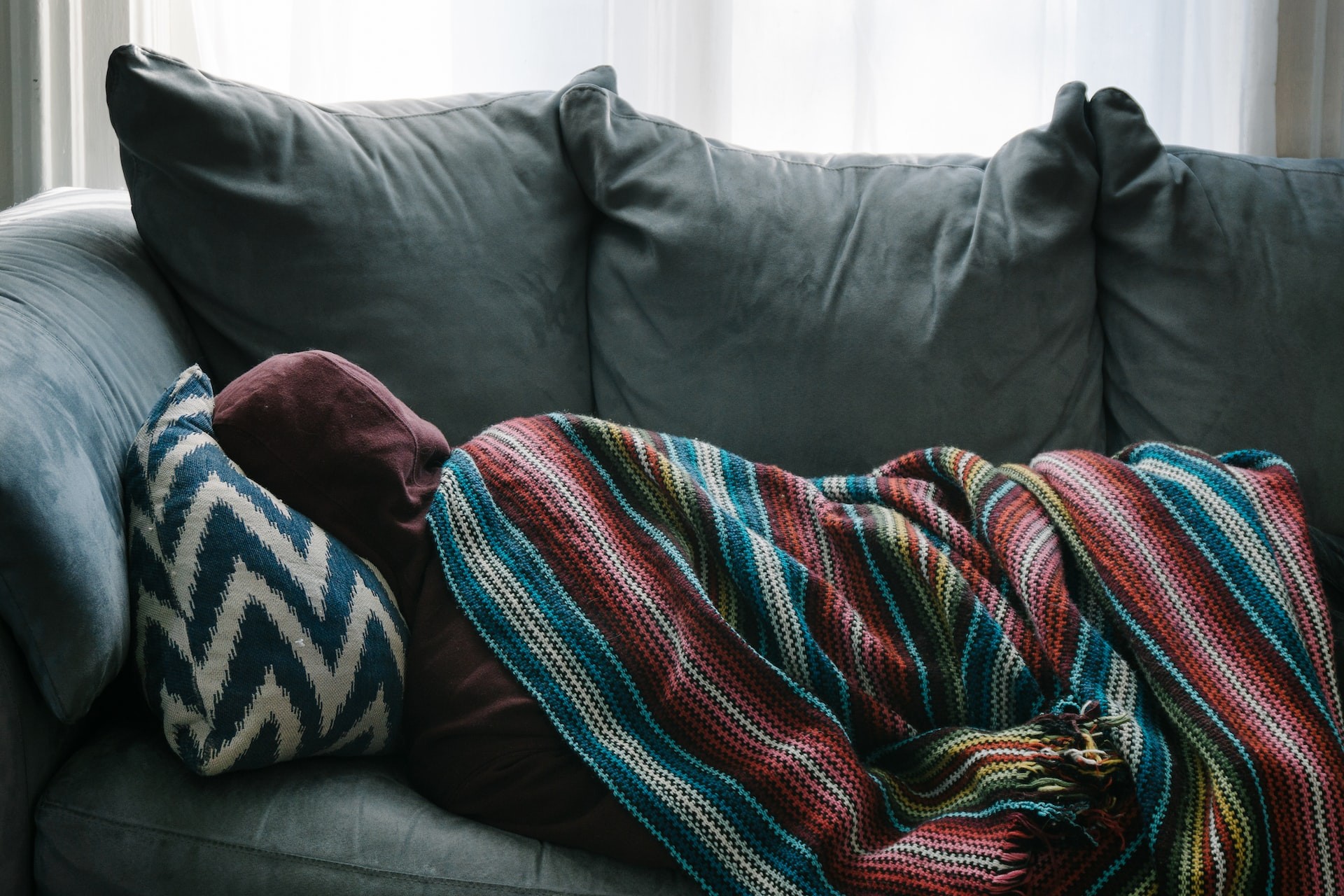
During the cold season, you may find that heat isn't evenly dispersed throughout your home. There are many causes for this, but some are things you can try at home before calling a professional.
No matter the reason, you'll want to make sure to get an inspection to extend the longevity of your system. Below, we'll cover some reasons you may be experiencing cold spots in your home.
HVAC maintenance & repair services for heat pumps, radiators, and boilers.
Regular HVAC maintenance and repairs are essential for ensuring your heating system runs as efficiently as possible, eliminating potential cold spots in your home. Many homes have heat pumps, radiators, and boilers that accumulate dust and dirt over time, affecting their performance.
A professional can inspect your system and make necessary repairs to ensure it works optimally. They can also replace worn parts and recommend any upgrades that may help improve your home's energy efficiency. Regular maintenance and repairs can extend the life of your system and save you money in the long run.
Size of the HVAC unit can affect cold spots in the home.
The size of the HVAC unit can also affect the heat distribution throughout your home. If your unit is too small, it may not be able to heat the entire house effectively. This can cause cold spots in certain areas. Likewise, if the unit is too large, it can cause the system to cycle too quickly, resulting in inefficient operation and cold spots.
So proper analysis and inspection are sometimes needed to ensure the HVAC unit is the right size for your home. A professional can help you assess your needs and determine your home's best size and type of system. This can help you avoid cold spots and save on energy costs.
Duct damage and air leaks
Ducts are essential to your heating system and can cause cold spots in your home if damaged or leaking. If the ducts are not properly sealed, it can cause heated air to escape before it reaches its destination. This can lead to inefficient heating and cold spots throughout your home.
Regular HVAC maintenance can help you identify air leaks and repair damaged ducts. You can also check the vents for any visible signs of damage or air leaks. If you find any, call a professional to have them repaired or replaced.
Inadequate insulation
Insulation is an essential component of an efficient heating system. The heated air can escape your home without proper insulation and cause cold spots. You can check the insulation in your walls and attic to ensure it is adequate. If it isn't, you may need to add additional insulation or repair any damaged insulation.
If your insulation is in good condition, you may need to seal any air leaks around windows and doors. This can help to keep the heated air inside your home and reduce the number of cold spots.
Thermostat placement
The placement of your thermostat can also affect heat distribution throughout your home. If the thermostat is too close to a cold area, such as a drafty window, it can cause your heater to turn on and off too frequently and create cold spots. You should ensure your thermostat is located in a central location away from drafts, windows, or doors.
You should also ensure it is level with the floor and not near any heat sources, such as lamps or appliances. This can help ensure your heating system is working efficiently and your home is evenly heated.
Clogged air filter
A clogged air filter can also cause cold spots in your home. An air filter that is dirty or clogged with dust, dirt, and other debris can block the flow of air and cause the heater to run inefficiently. This can lead to cold spots in certain areas of your home.
To prevent this, you should replace your air filter regularly and make sure it isn't clogged. If you have a high-efficiency filter, you should change it more often to ensure your heating system is running optimally.
Improperly-sized ducts
Ducts that are too small can lead to inefficiencies in your heating system and cause cold spots throughout your home. If the air has to travel further than necessary, it can cause a loss in air pressure and make it difficult for the air to reach certain areas. This can result in cold spots in certain rooms of your home.
It is vital to ensure that your ducts are appropriately sized for the space you are heating. A professional can inspect your ducts and recommend any necessary repairs or replacements. This can help to ensure your heating system is running efficiently and that your home is evenly heated.
Closed vents
Closing off vents in your home is another cause. If certain areas of your home are not getting enough air, this can cause the temperature to drop in those areas. Ensure that all your vents are open and that no obstructions are blocking the airflow.
It may need to be repaired or replaced if you cannot open a vent. Additionally, closing off specific vents can cause your heating system to run inefficiently, so you should ensure all your ducts are open.
Dirty coils
Your heating system's coils can also cause cold spots in your home. The waves can get covered in dust, dirt, and other debris, which can block the flow of air and cause the system to run inefficiently. To prevent this, you should clean your coils regularly and make sure they are free of debris.
You can also check for any signs of wear and tear and ensure they are properly lubricated. A professional can inspect the coils and make any necessary repairs or replacements. This can help ensure your system runs efficiently and that your home is evenly heated.
Wrong type of fuel
Using the wrong type for your heating system can also lead to cold spots in your home. For example, if you have a gas heating system, but you are using oil as fuel, it can cause the system to run inefficiently and result in cold spots. It is crucial to ensure you are using the correct power for your system.
You should also ensure your energy is adequately stored and not contaminated with other fuels. If you are still determining the type of fuel your system needs, you should contact a professional who can help you find the right power for your system.
Many factors, such as inadequate insulation, dirty air filters, clogged ducts, wrong fuel type, and improper thermostat placement, can cause cold spots in your home. Regular HVAC maintenance and repairs can help to identify and address these issues.
You should also check for air leaks, inspect the insulation, and ensure all your vents are open. Taking steps to ensure your heating system runs efficiently can help reduce cold spots in your home.
